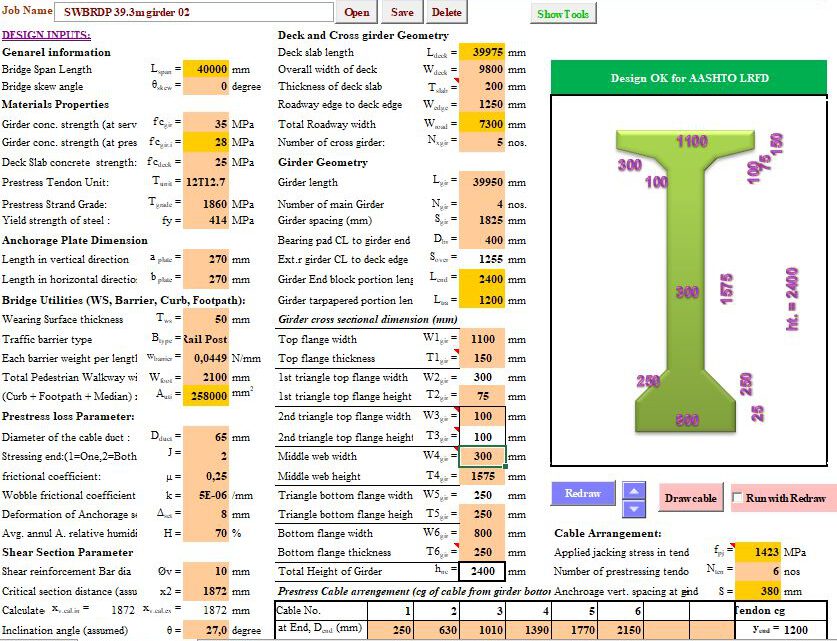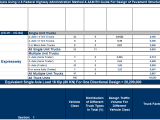

Underestimation results in pavements thinner than needed and susceptible to premature failure resulting in increased maintenance and impact on the user. Overestimation of the design traffic results in a thicker pavement than necessary with higher associated costs.

202 Traffic ConsiderationsĮstimating the design traffic loading is a critical step in designing a pavement. Figure 201-1 shows design serviceability loss. The design serviceability loss is the difference between the terminal serviceability and the initial serviceability. The design serviceability loss is the amount of serviceability the agency will tolerate losing before rehabilitation. Figure 201-1 shows terminal serviceability. ODOT pavements are designed for a minimum PSI (terminal serviceability) of 2.5. Once built, pavements may or may not actually degrade to that level but the design terminal serviceability remains the same. Terminal serviceability is the minimum level of serviceability the agency allows in design. Figure 201-1 shows initial serviceability.

The initial serviceability for design is 4.2 for rigid pavements and 4.5 for flexible pavements. This relationship is defined as the present serviceability index (PSI). To avoid riding and rating every pavement by all raters to determine serviceability, a relationship between PSR and measurable pavement attributes (roughness and distress) was developed. For the development of the original AASHTO pavement design equation, individuals (the raters) would ride the pavements and assign a PSR value. PSR is a rating of pavement ride based on a scale of zero, for impassible, to 5, for perfect. The present serviceability rating (PSR) was developed to measure serviceability.

Serviceability is defined as the ability of a pavement to serve traffic. The AASHTO pavement design method was developed around the concept of serviceability. The remaining variables needed for the design of a pavement structure are presented in the rigid and flexible pavement design sections, respectively. These common variables are detailed in this section. The AASHTO/ODOT pavement design equations have some variables common to both rigid and flexible pavement, including serviceability, traffic loading, reliability, overall standard deviation, and roadbed soil resilient modulus. The ODOT method for the design of pavement structures is almost identical to the 1993 AASHTO method, but ODOT has simplified some parts of the AASHTO Guide since it needs to apply only to the conditions encountered in Ohio. A long history of pavement studies has led to the current edition. Perhaps the most widely used pavement design method in the United States and throughout the world is the American Association of State Highway and Transportation Officials (AASHTO) Guide for Design of Pavement Structures.


 0 kommentar(er)
0 kommentar(er)
